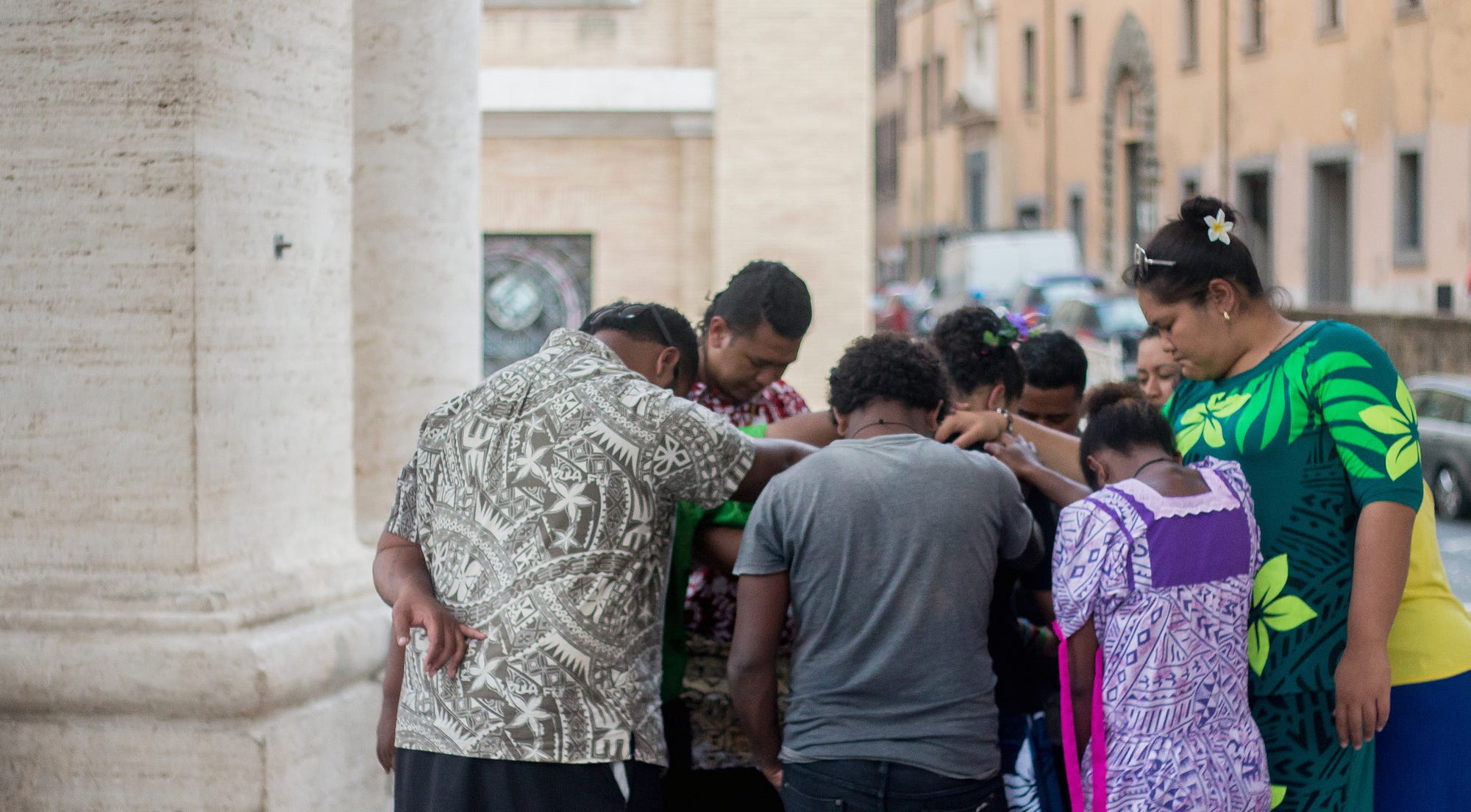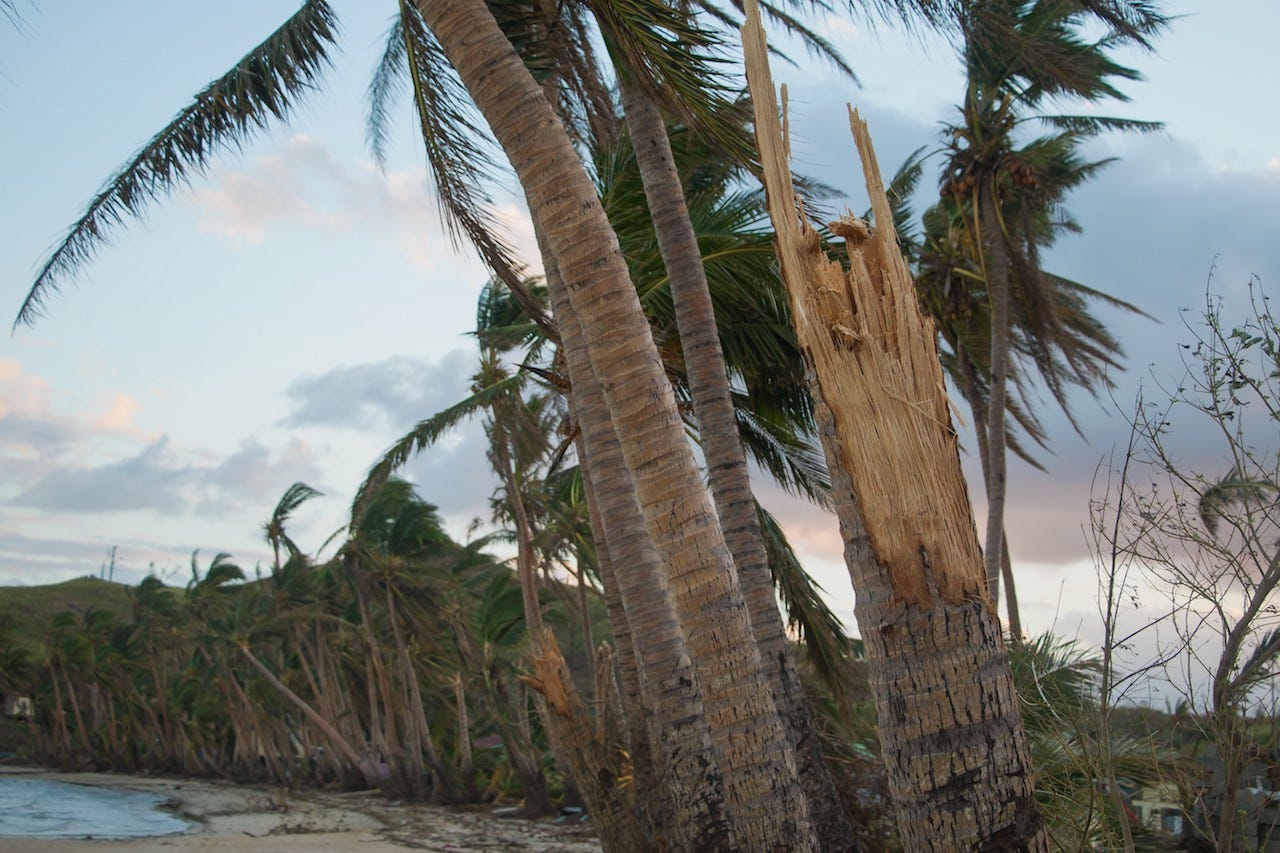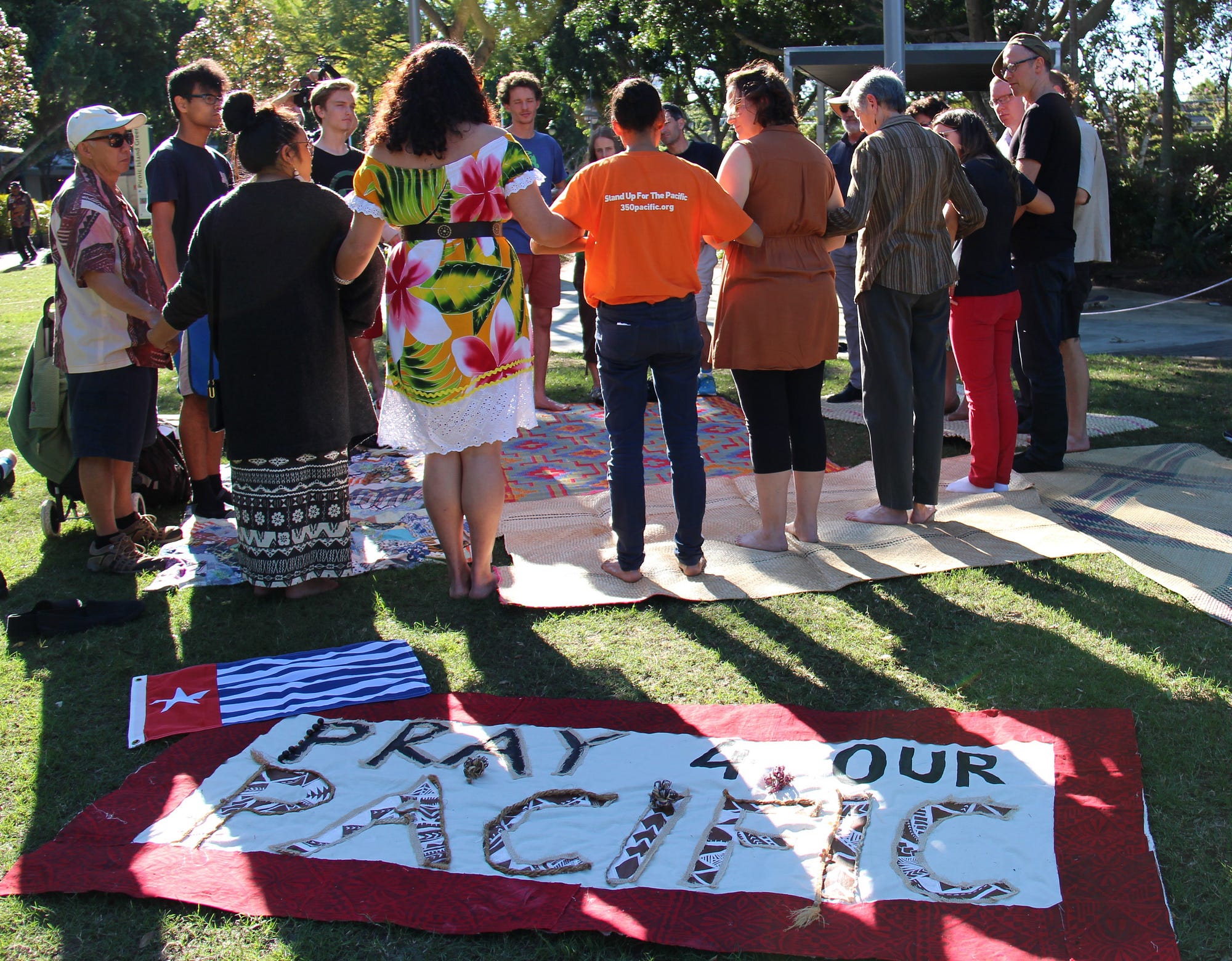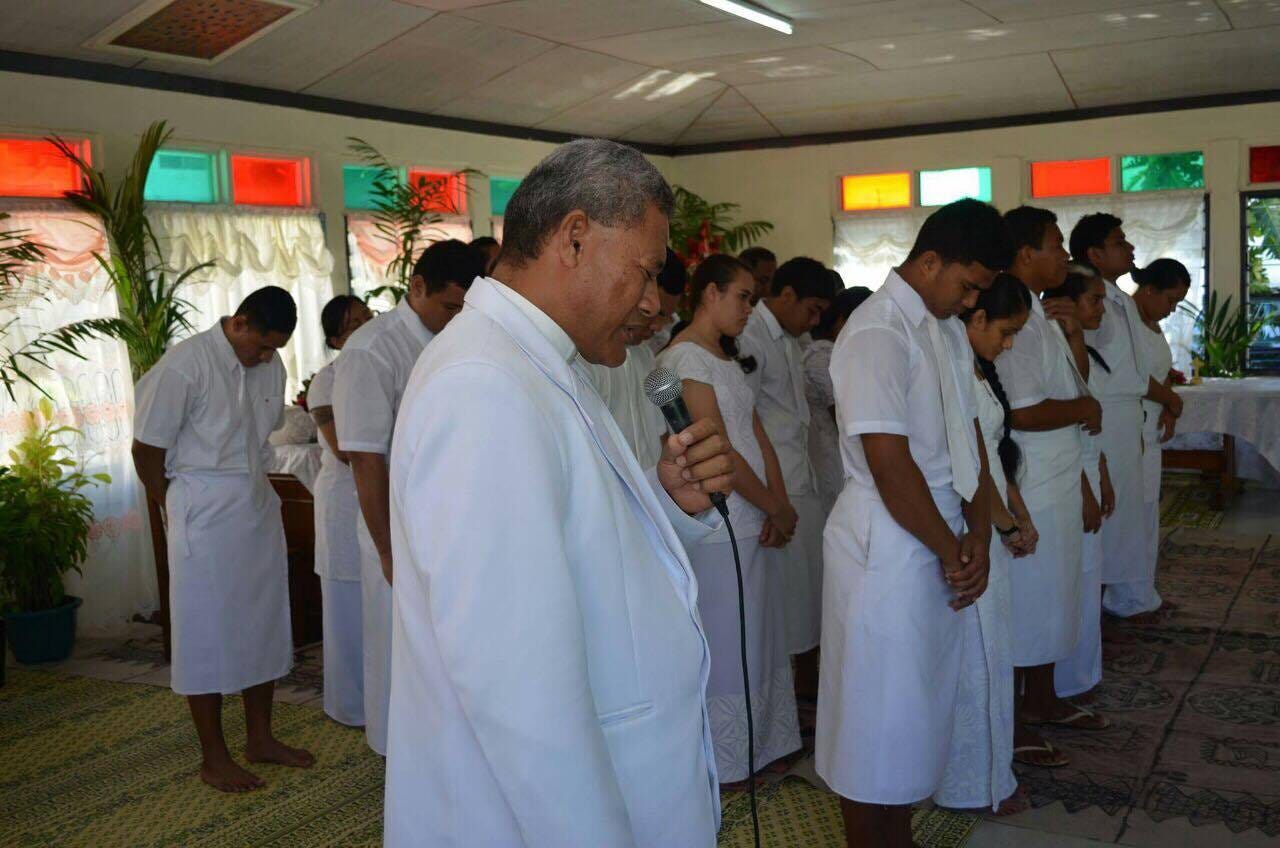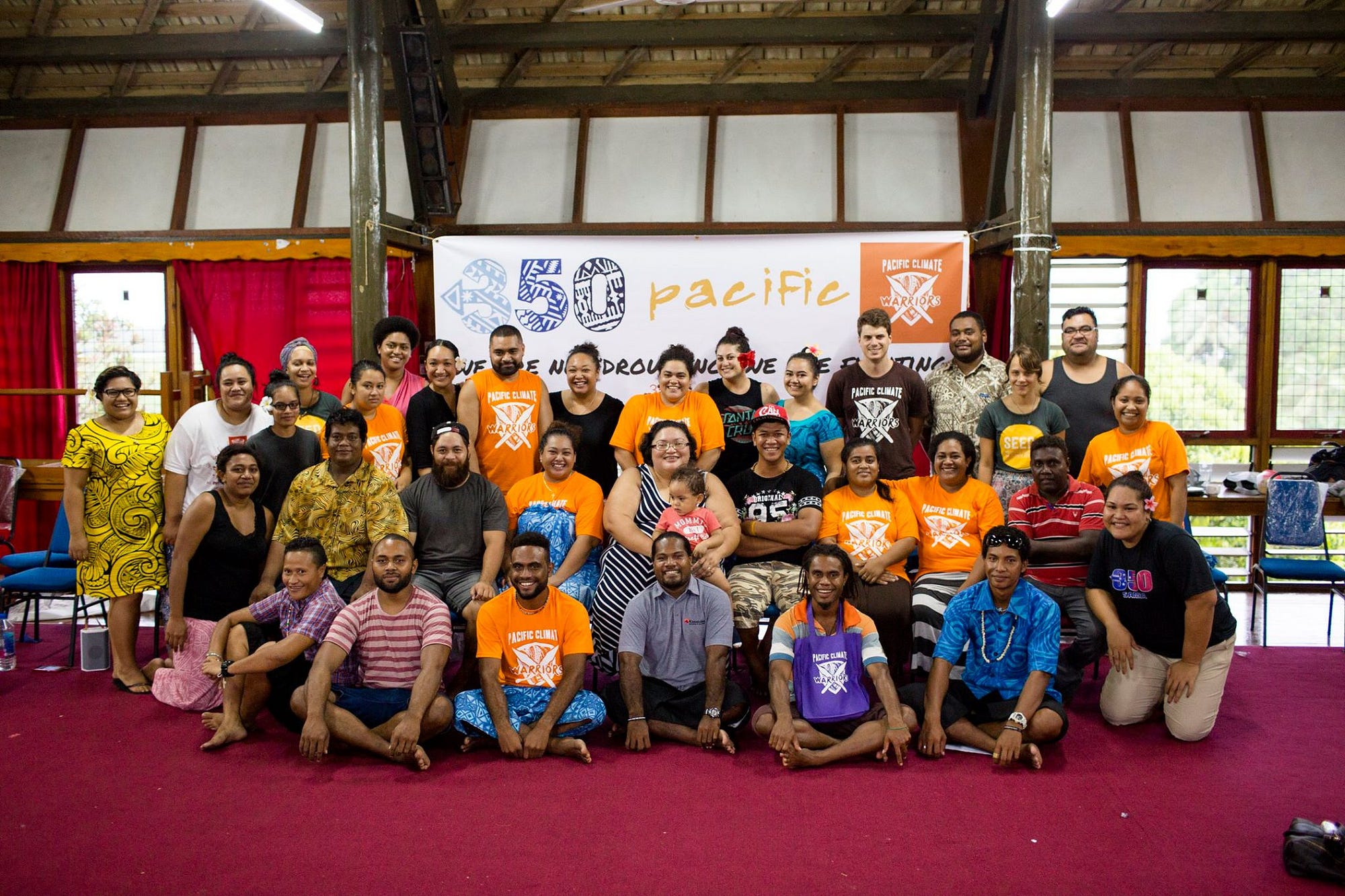Wrote this piece for work on our #PrayForOurPacific Campaign.
Pacific Climate Warriors Praying for Our Pacific.
By Fenton Lutunatabua.
Shammah and the Lentil Patch
It was the 17th of October, thirty 350.org Pacific Climate Warriors had just blockaded the largest coal port in the world in Newcastle, Australia. They had done this using traditionally made hand carved canoes to send a very clear message to Australia that the continued expansion of the fossil fuel industry was exporting destruction to the Pacific.
To this day, when people refer to that canoe flotilla, they say it was like a modern day “David vs Goliath”, where a small group of Pacific Islanders went up against giant coal ships in tiny canoes. In many ways this story highlighted the strength of the Pacific in the face of the climate crisis. The story about the spirit of perseverance of many small Island nations in the face of climate change.
In many ways as well, the canoe flotilla also told another Biblical (and less well known story) similar to that of Shammah and his lentil patch. TheBible’s Old Testament tells the story of Shammah, who fought for a tiny lentil patch. Shammah was actually one of David’s mighty men, who proved himself worthy as he defended a field of lentils.
On it’s own, the lentil patch didn’t seem like it was very much to defend, but as part of the whole, it was actually quite a lot. You see, a war tactic back then was for the opposing army to march through fields, trample the crops, drive those dependent on those crops to hunger, and therefore weaken their ability to fight.
As recorded in the Bible, Shammah defended that lentil patch and claimed victory. His story is a story about standing your ground. It’s a story about a man protecting the inheritance he got from his father. The Pacific Climate Warriors, like Shammah, are also fighting to protect their inheritance. For Shammah, it was his lentil patch. For the Warriors, it’s their island homes.
Since the canoe flotilla in Newcastle, the Pacific Climate Warriors have not stopped standing their ground and setting their boundaries. They stand to lose everything if the fossil fuel industry continues to choose profit over people, and are therefore continuously connecting communities in the Pacific in order to build a powerful base of Pacific Climate Warriors.
This September, Pacific Islanders are standing up for the Pacific by uniting as a region in prayer.
#PrayForOurPacific
The Pacific Climate Warriors are leaning into their faith and calling on communities all across the Pacific region, and beyond, to come together between the 3rd and 11th of September to #PrayForOurPacific.
Prayer is an immensely positive force in the Pacific, and a powerful way of bringing people together. It breeds compassion and love, and it helps build strong, connected, resilient communities that are essential for carrying us through this climate crisis.
When Tropical Cyclone Winston tore through Fiji earlier this year, people turned to prayer which helped carry them through the chaos. Then, as a community held together by prayer, they started rebuilding and will continue to rebuild, and pray, for as long as is needed.
In the face of the climate crisis it will be our neighbours, our congregations who will help us through it. They will be the ones who will be there through the times of trial- to deal with floods, storms and more. That’s why we must work to support building stronger communities across the Pacific.
When a child in Fiji experiences trauma after losing his home, or a mother in Kiribati can’t fetch safe drinking water anymore for her child because their well is filled with salt water, or a young woman in Papua New Guinea feels sadness as she witnesses her ancestral burial ground disappearing under rising tides, I can guarantee you, prayer helps carry them through and helps them persevere.
For the people on the front lines of climate change, prayer connects their lives with each other and to something bigger than themselves. Prayer offers hope and encouragement, it offers strength and solidarity, and it is also a powerful call to action.
We are not drowning, we are fighting!
This September, Pacific Islanders are connecting across the region through prayer, and coming together to make this movement more powerful. All across the Pacific, a diverse range of faith based communities are turning to prayer to stand their ground and set their boundaries.
Since the launch of the #PrayForOurPacific Campaign in July, people registered over 120 events in the Pacific and around the world.
In Samoa, a children’s Sunday School group that were getting ready for White Sunday, used their time together to pray for those on the front lines of climate change. Young women of the Young Women’s Christian Association gathered to talk about how climate impacts young girls and women, and the role of women in building the climate movement. Youth members of the Baha’i faith in Apia, organised an evening to discuss the power of prayer and the impacts of climate change on their island home.
In the Solomon Islands, 350 Solomon’s worked with over thirty church youth groups to organise a combined youth service. Additionally, they also organised a national broadcast of the #PrayForOurPacific event at the Wesley United Church in Honiara.
Beyond the Pacific Islands, Friends of the Earth, Rize for West Papua, Fossil Free UQ, Brisbane Solidarity Group, 350 Australia, as well as members of the Brisbane community formed a prayer circle at the Picnic Island Green in South Bank.
The #PrayForOurPacific campaign has been able to reach pockets of people within our communities who otherwise would not have engaged with the climate movement. This is by far the largest number of climate mobilisations across the region ever organised by the 350.org Pacific Climate Warriors, and as a truly grassroots shaped Pacific Climate Movement, it can only grow stronger.
They are confident that, in order to win this fight against climate change, the Pacific region must stand together in camaraderie. They are also confident that when they pray together, stand their ground together and set their boundaries together, they are sending a clear message proclaiming, “we are not drowning, we are fighting!”
